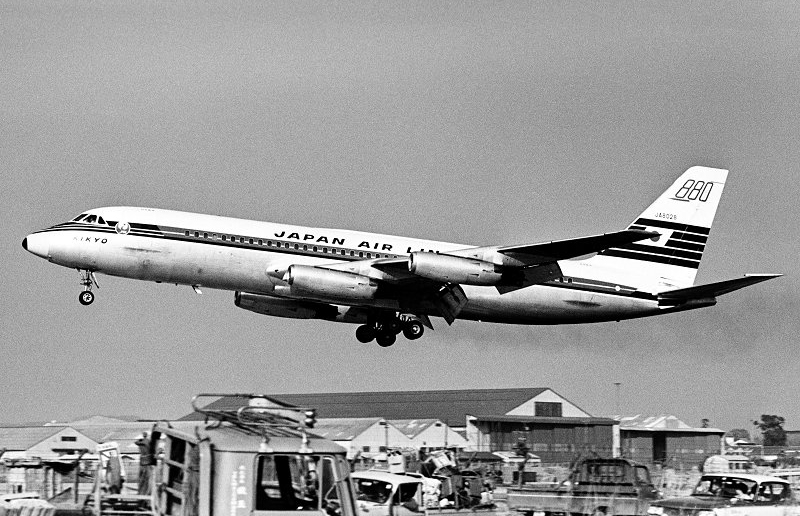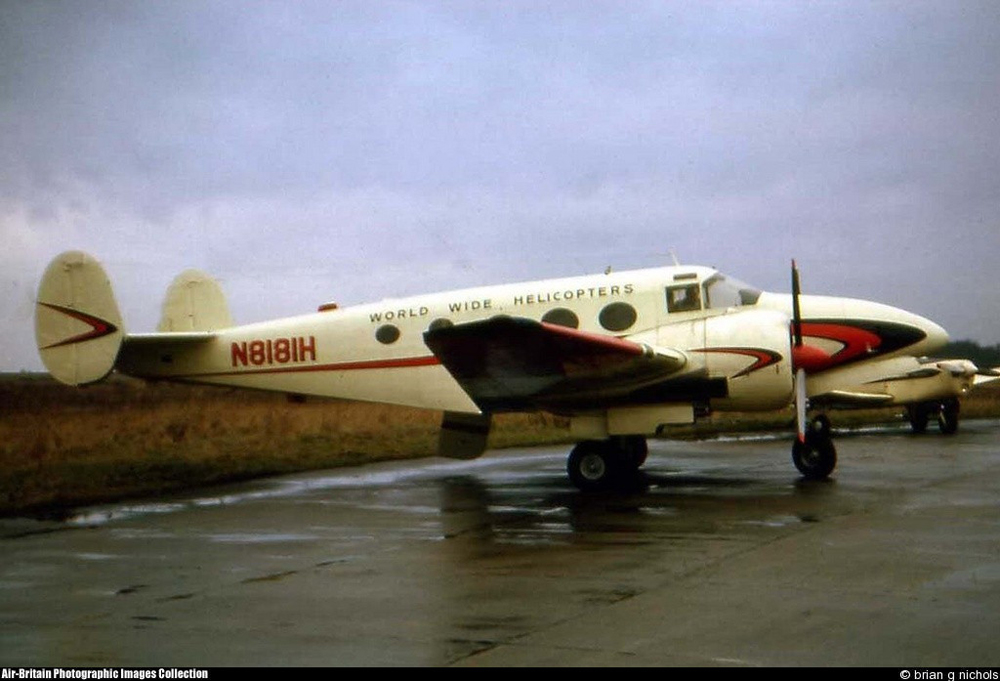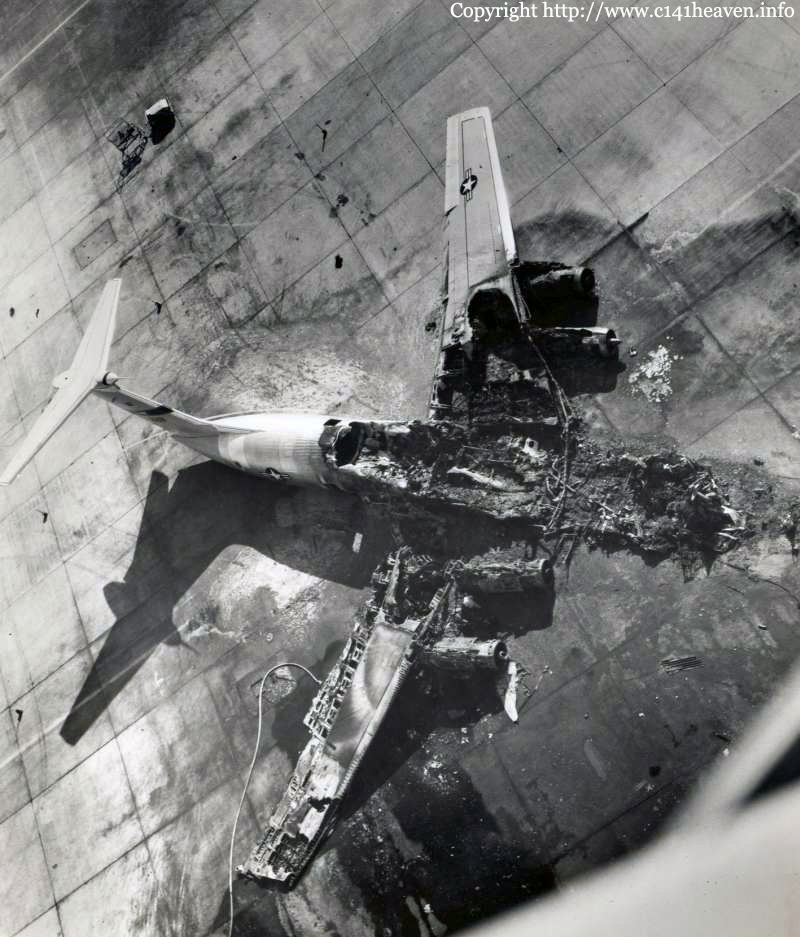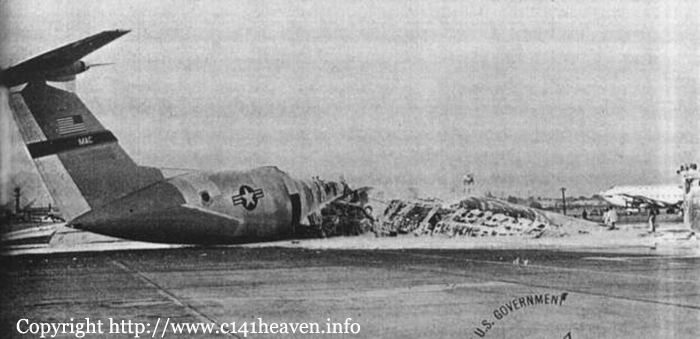Crash of a Douglas C-47 in McChord AFB: 4 killed
Date & Time:
Sep 18, 1969
Survivors:
Yes
Crew on board:
3
Crew fatalities:
Pax on board:
10
Pax fatalities:
Other fatalities:
Total fatalities:
4
Circumstances:
The aircraft was on a routine flight from McChord AFB to California. At liftoff, the airplane crashed in unknown circumstances. Eight occupants were injured and the aircraft was destroyed. Both pilots and two passengers were killed.
Crew:
Lt Col Robert E. Walker, pilot, †
Cpt Peter Michael Cunningham, copilot, †
T/Sgt Donald G. Love, flight engineer. †
Passengers:
1st Lt Joseph R. Baxter, †
M/Sgt William B. Johnston,
Lt Col Jack S. McKinley,
Sgt William D. Wallace,
T/Sgt Billy D. Byrd,
Sgt Charles L. Andrews,
PO2C Charles B. Nichols,
PO3C Darrell E. Calentine,
M/Sgt Granville Hicks.
Crew:
Lt Col Robert E. Walker, pilot, †
Cpt Peter Michael Cunningham, copilot, †
T/Sgt Donald G. Love, flight engineer. †
Passengers:
1st Lt Joseph R. Baxter, †
M/Sgt William B. Johnston,
Lt Col Jack S. McKinley,
Sgt William D. Wallace,
T/Sgt Billy D. Byrd,
Sgt Charles L. Andrews,
PO2C Charles B. Nichols,
PO3C Darrell E. Calentine,
M/Sgt Granville Hicks.











